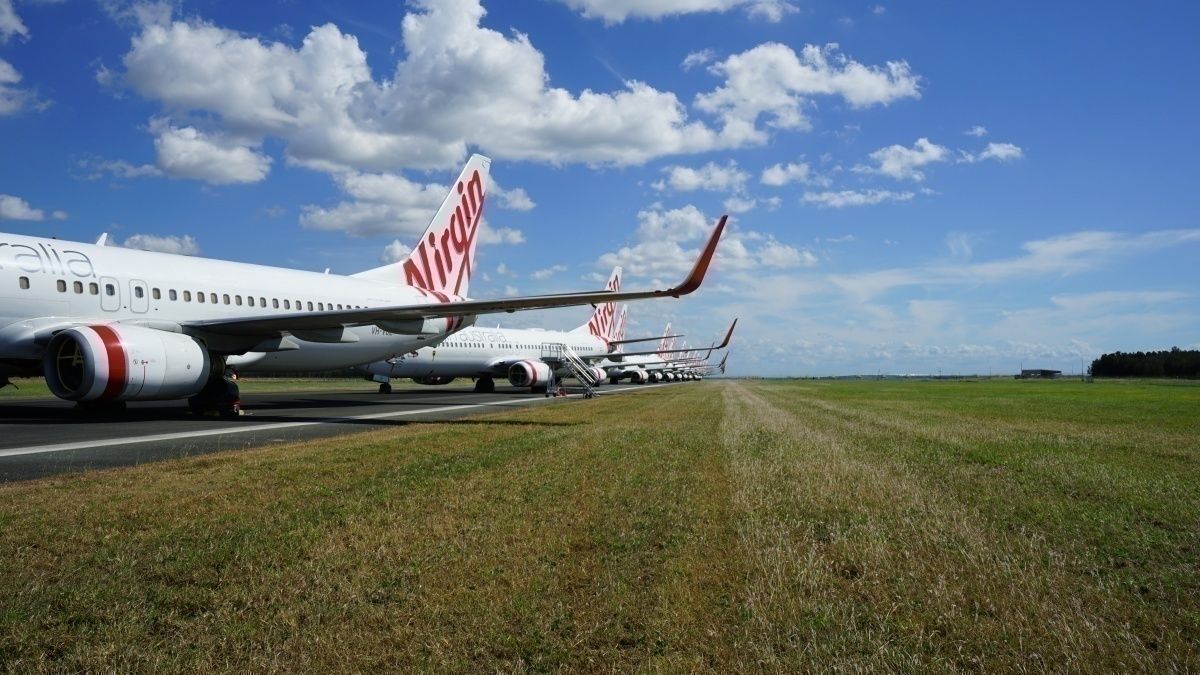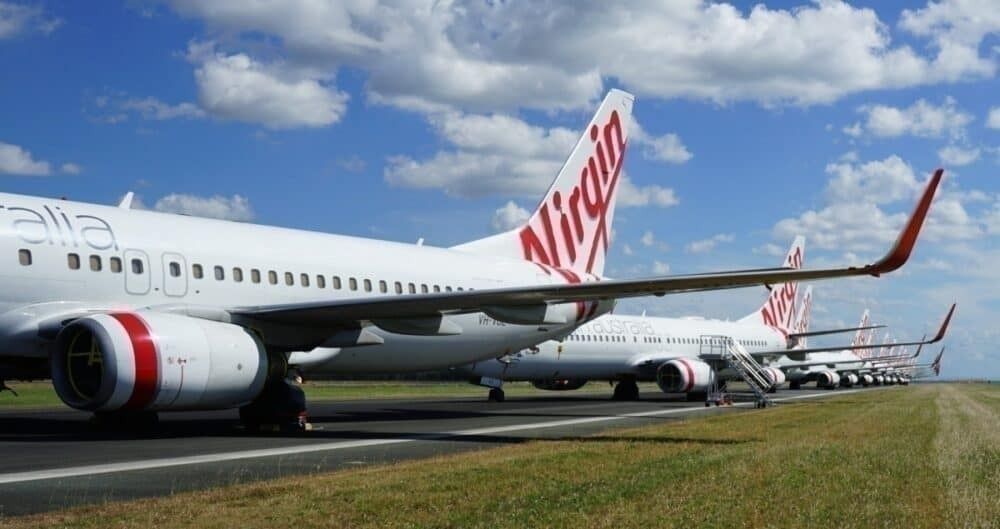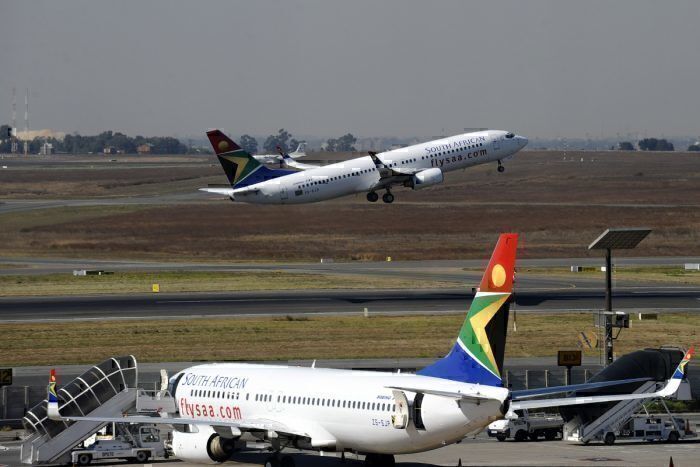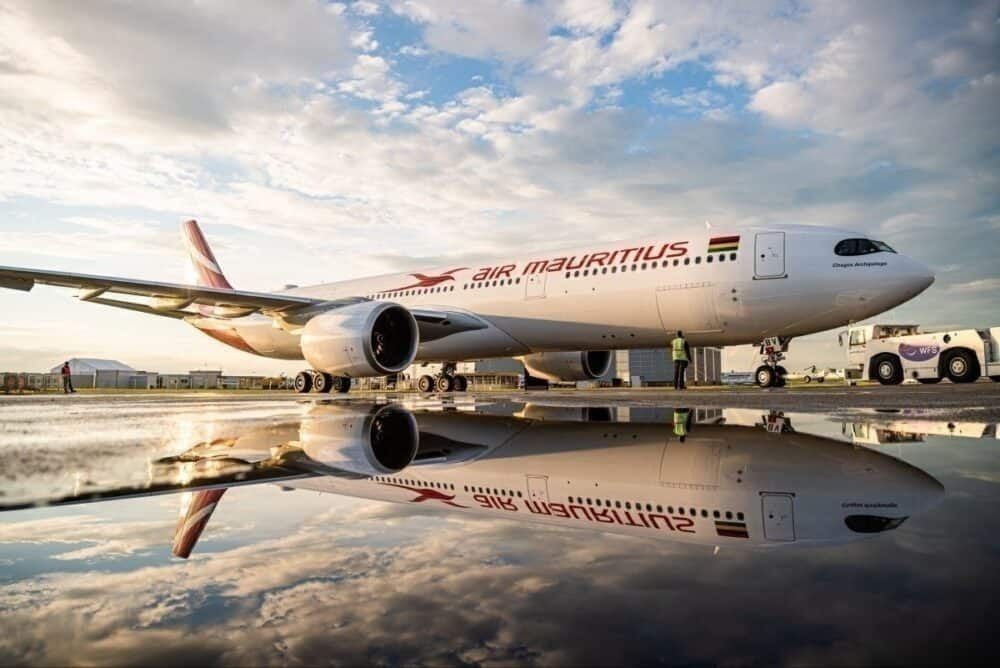The unfortunate pace of airline bankruptcies increased last week, with Virgin Australia, Air Mauritius, and four subsidiaries of Norwegian filing for bankruptcy. South African Airlines are on the verge of collapse, while Richard Branson is desperately seeking funds to keep Virgin Atlantic afloat. Air France-KLM and Lufthansa are to obtain multi-billion-euro loans from governments. The industry, which in January was preparing itself for a new record year, is now fighting for survival, with many more airlines likely to go bankrupt. Let's analyze the various factors leading to airline bankruptcy.
It's all about cash
If we were to keep this article short, we could say that bankruptcy is triggered when the airline runs out of cash to cover its liabilities. In reality, however, we shall distinguish between insolvency (or liquidation, known as Chapter 7 in the US) and going into voluntary administration (Chapter 11 in the US). From the recent examples, SAA is likely heading into a possible liquidation, whereas Virgin Australia faced a voluntary administration.
- Insolvency results in closing the company and selling its assets to repay the debt.
- Administration is aimed at helping the troubled company to repay the debt and escape insolvency, which is done by organizational and debt restructuring.
Both proceedings are lengthy, costly, and complicated. Nevertheless, regardless of the type, a bankruptcy will always be triggered by cashflow problems. In standard times it is not rare for some airlines to struggle with generating positive cashflows. When demand disappears, high costs and debt still remain. Thus, bankruptcies have to happen.
Case study: Virgin Australia
The second biggest Australian carrier was the first airline to go into administration amid the pandemic. Hence it is interesting to understand why exactly was it Virgin Australia and not a different carrier. We focus on VA as it is a publicly listed company, which allows us to analyze the airlines' data in more detail. All monetary figures listed below are in US dollars.
In short, the carrier's swift bankruptcy is a result of the following factors:
- Years of struggling with profitability
- Low cash reserves
- The absence of a government bailout
Virgin Australia entered 2020 with roughly $800 million in cash while having approximately $850 million expenses to cover during the year. These costs include paying accrued salaries, paying suppliers, or covering its debt payments. Additionally, the airline had around $830 million in sold tickets for future flights.
With airlines operating at small margins, even minor decreases in demand can quickly eradicate profitability. In the first quarter of 2019, Virgin operated with an average load factor of 80%. It lost roughly $52 million just on its operations. In 2020, during the first quarter, a loss of 1% fall of the load factor would translate to an approximate $12.5 million loss. Given that a 10-20% decrease in load factor was likely, Virgin Australia lost around $300 million in the first quarter just on flying. Another $50 to $100 million was spent on non-operating expenses, such as overhead costs. Furthermore, roughly $200 million of accrued expenses needed to be paid. Finally, as the pandemic spread, ticket cancellations began to mount. 25% is booking cancellations would translate to a $200 million loss.
Adding all these costs gives us $800 million, the same amount as the cash reserves the airline had at the beginning of the year. Despite most of those numbers being rough estimates, they illustrate how little is needed to turn an airline upside down.
VA's Story is just an example
It is no coincidence that last week, we saw three major carriers filing for bankruptcy. All three had been struggling financially already before the outbreak. All three faced similar cash issues. The lockdowns began on a global scale around a month ago. Hence first bankruptcies taking place now are very much in line with IATA's analysis, which stated that the weakest carriers have enough cash to stay afloat for around a month.
The report suggests that the median amount of cash reserves for airlines is sufficient for two months, which means that by the end of May, the list of fallen airlines may increase in length.
What do you think of our assessment - is there anything we're missing? And which airlines do you expect to fall next? Let us know in the comments.




